
Climate change
Kouchibouguac National Park
Kouchibouguac National Park is a unique and dynamic environment, shaped by the natural processes that define its ecosystems. As climate change accelerates, it poses significant challenges to the park’s landscapes, species, and cultural resources. Parks Canada is committed to adapting to these changes and mitigating their impacts through ongoing monitoring and climate-sensitive management.
The impacts of climate change on Kouchibouguac's ecosystems
The ecosystems of Kouchibouguac National Park are particularly vulnerable to the effects of climate change. As temperatures rise and weather patterns shift, the park's natural systems will experience changes that could affect biodiversity, the landscape, and how we use the park.
Coastal systems
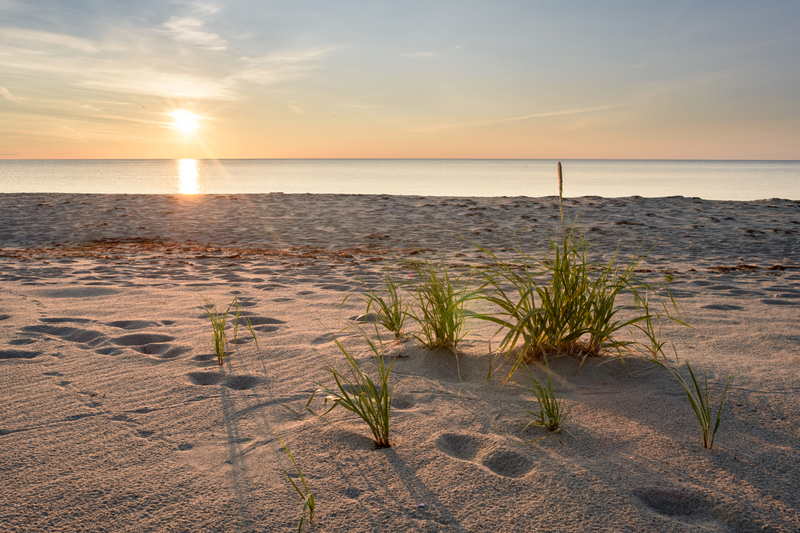
Forests
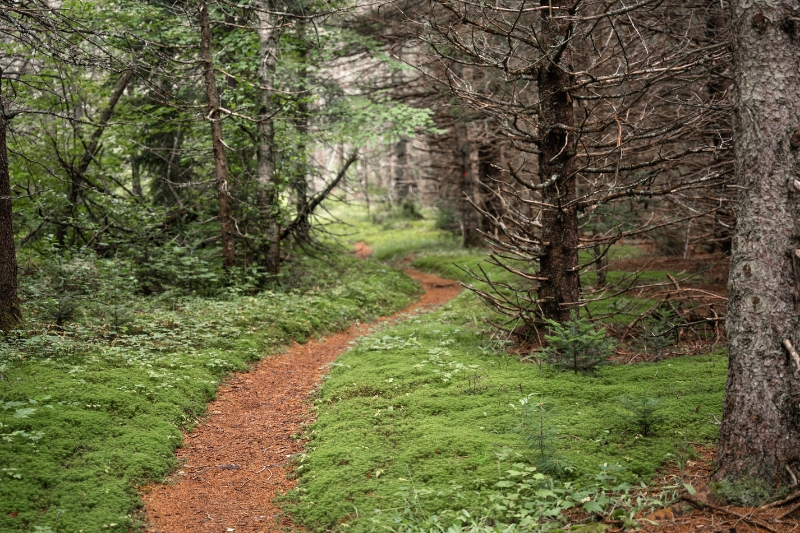
Wetlands

Freshwater
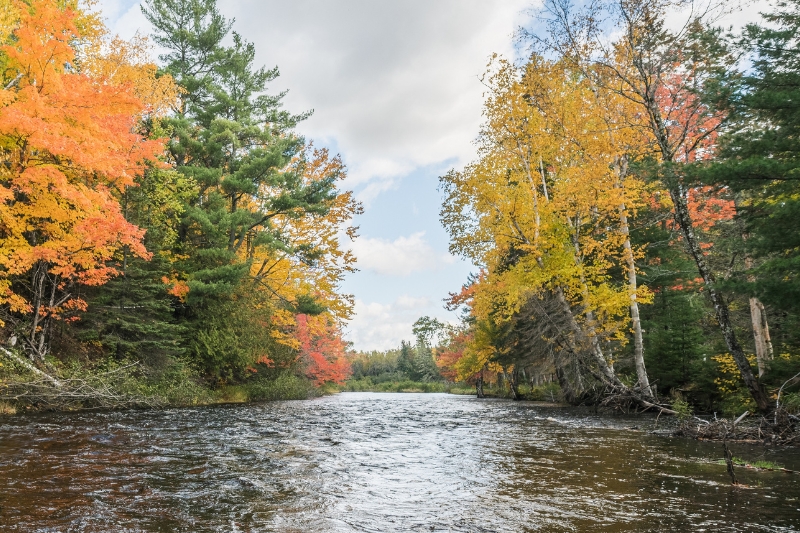
The impact of climate change on cultural resources in the park
Kouchibouguac National Park is rich in cultural history, from its Mi’gmaw origins to more recent Acadian heritage. Climate change threatens these cultural resources in multiple ways:
- Erosion: Accelerated erosion, driven by rising sea levels and intense storms, could damage archaeological sites, unearth important artifacts, and disturb burial grounds.
- Loss of species: Climate change could lead to the decline or loss of species that are integral to cultural practices, including plants and animals used for food, medicine, and building materials.
- Human impact: Historical sites tied to Acadian communities, like dikes and ditches in the salt marshes, may be lost to rising sea levels and erosion.
Coastal erosion as a growing concern
Coastal erosion is a natural process, but climate change is accelerating its impact on Kouchibouguac’s shoreline. Rising sea levels, reduced winter ice, and more frequent storms contribute to a faster rate of erosion. The park’s coastal dunes and beaches, made up mostly of sand and peat, are especially vulnerable.
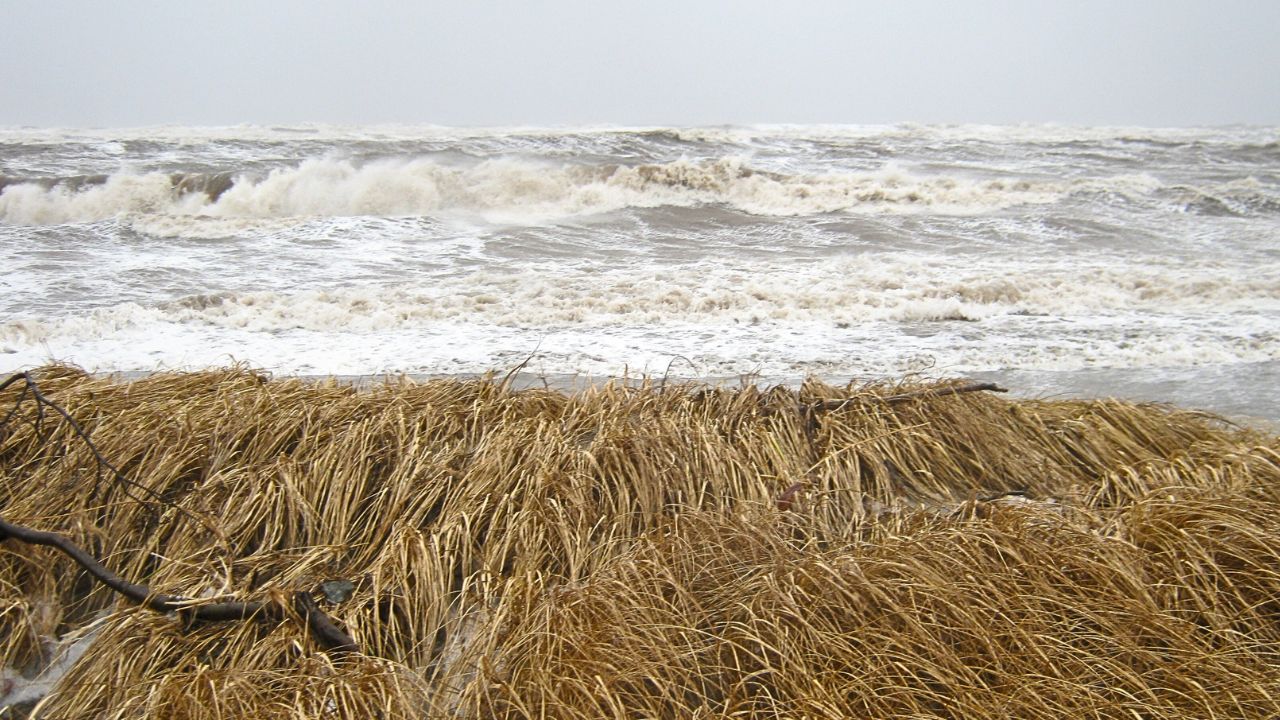
Parks Canada closely monitors these changes to assess the impact on coastal habitats and the infrastructure within the park. This ongoing effort ensures that appropriate actions can be taken to address potential damage from erosion and extreme weather events.
What is being done to combat coastal erosion?
Parks Canada recognizes the dynamic nature of coastal ecosystems and works to manage them in the face of changing conditions. Our efforts include:
- Monitoring: We track changes in coastal habitats like dunes, estuaries, and salt marshes to understand how climate change is affecting these areas.
- Adaptation strategies: When coastal erosion threatens infrastructure, Parks Canada responds by assessing the situation and, where possible, relocating or testing new, more adaptable structures.
- Post-storm response: In 2022, Hurricane Fiona caused significant damage, including the loss of campsites and trails. This highlighted the importance of preparing for extreme weather events as part of our climate change adaptation strategy.
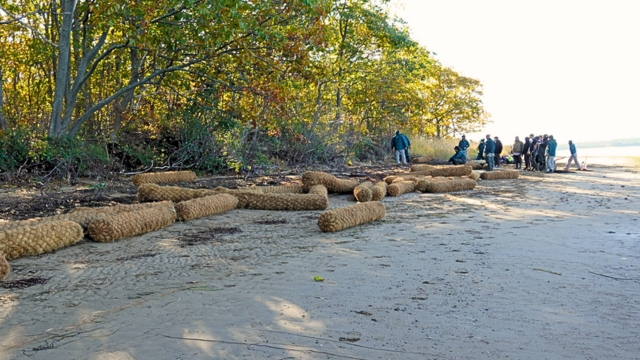
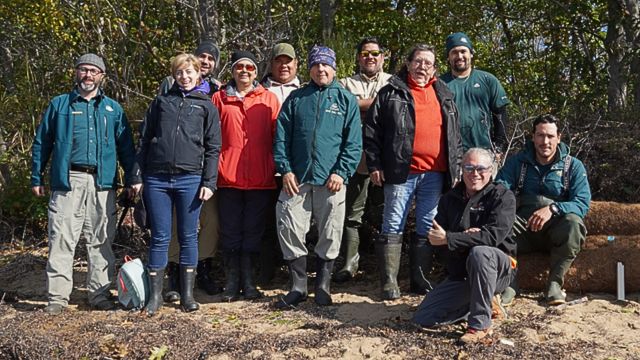
Nature-based solutions for climate adaptation
The ecosystems in Kouchibouguac National Park are not just vulnerable to climate change—they also offer valuable lessons for climate adaptation. For example:
- Dunes: These systems, particularly those with American Beachgrass, help protect against storm surges. By protecting and restoring these dunes, we can preserve their ability to mitigate storm damage.
- Salt marshes: These wetlands are essential for storm protection, reducing the impact of flooding and erosion. They also act as natural filtration systems, improving water quality.
- Forests: Forests act as carbon sinks, absorbing and storing carbon. Protecting and restoring forest corridors will help mitigate climate change and provide habitats for species adjusting to warmer temperatures.
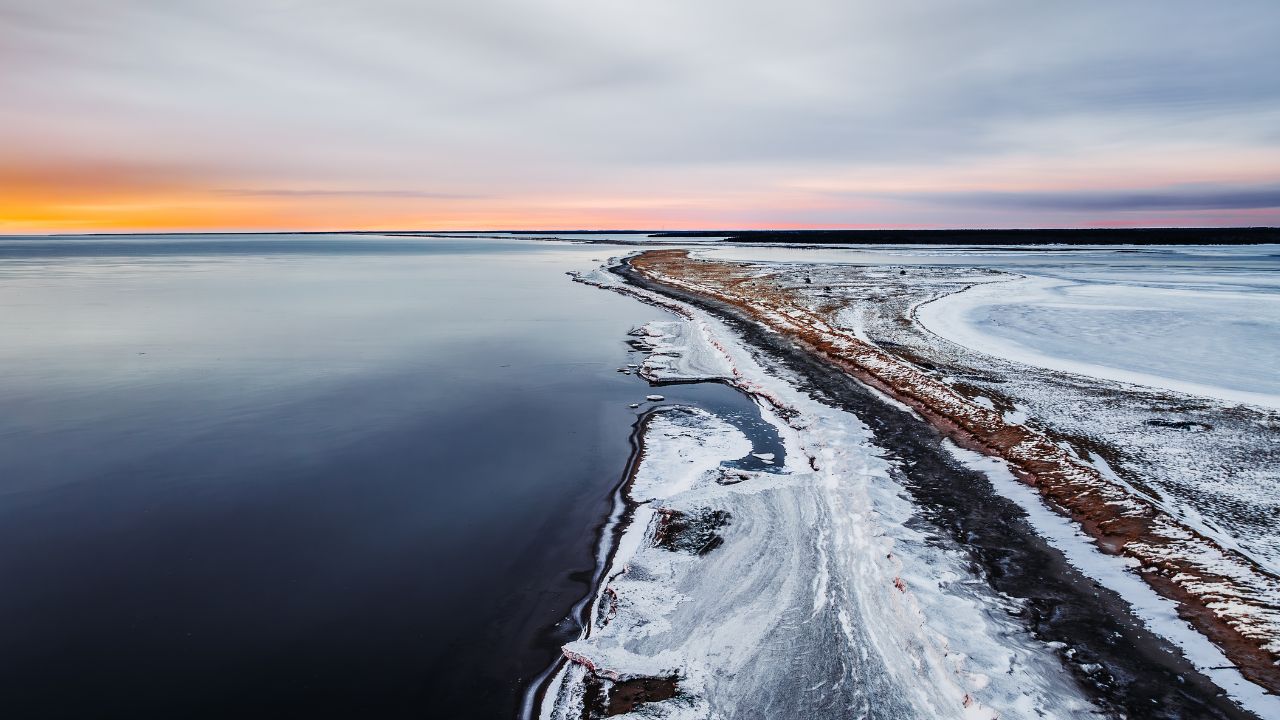
Coastal squeeze and its effects on Kouchibouguac's ecosystems
Coastal squeeze occurs when natural coastal habitats, such as beaches and salt marshes, are prevented from migrating inland due to physical barriers like cliffs or human-made structures (e.g., seawalls). As sea levels rise, these ecosystems cannot adapt naturally, leading to potential loss of habitat and worsened erosion and flooding over time.
How to help mitigate climate change when visiting Kouchibouguac National Park
While the effects of climate change are widespread, individual actions can make a difference. Visitors to Kouchibouguac National Park can reduce their ecological footprint in the following ways:
- Minimize use of gas-powered generators: Opt for quieter, cleaner alternatives.
- Use sustainable transport: Carpool, use electric vehicles, or even bike to the park. Take advantage of the park's electric vehicle charging stations.
- Pack light: Leave the RV at home and consider camping in an oTENTik.
- Conserve resources: Keep campfires small, pack out everything you bring in, and recycle and compost.
- Protect fragile ecosystems: Stay on marked trails, avoid trampling plants, and help prevent the spread of invasive species.
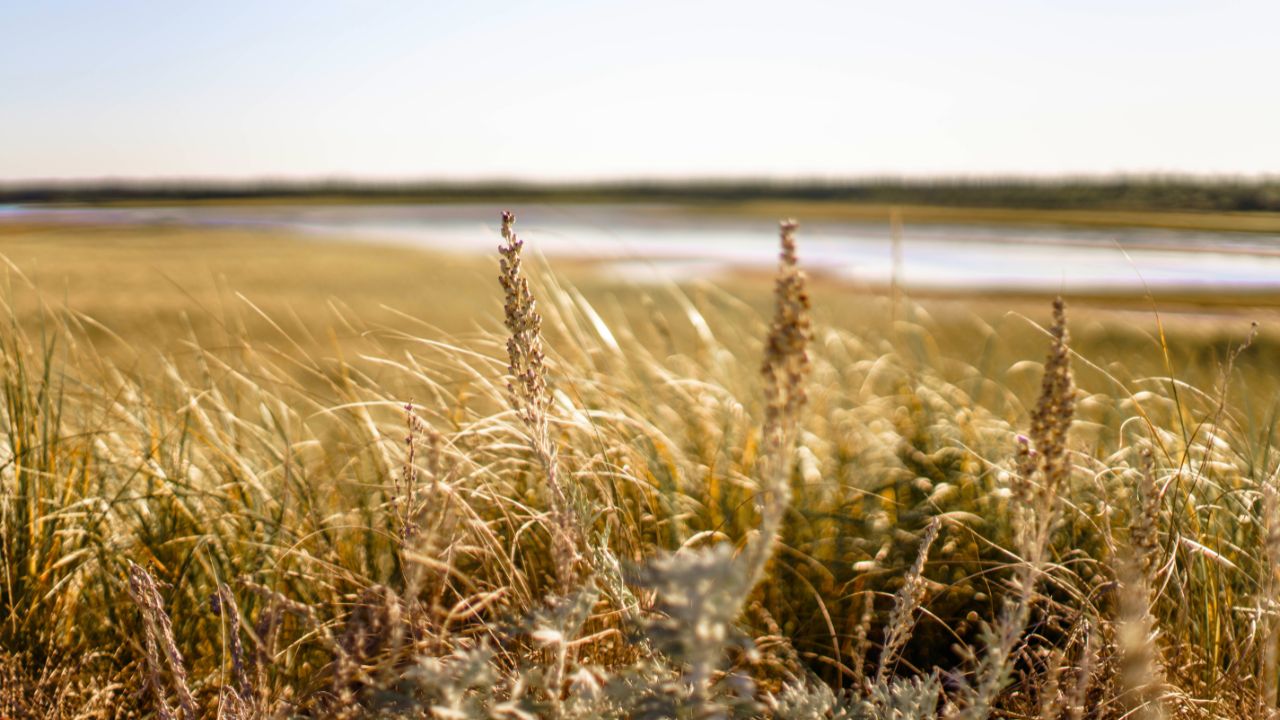
Climate change FAQ
How will climate change impact my favorite activities at the park?
How will climate change impact my favorite activities at the park?
Warmer waters may alter fish populations, and shifting migration patterns could affect birdwatching. Storms and rising sea levels might change popular beach locations and require modifications to trails and campsites.
Is coastal erosion a big problem?
Is coastal erosion a big problem?
Yes, climate change is accelerating coastal erosion at Kouchibouguac. We closely monitor the park’s shoreline to understand how these changes affect ecosystems and infrastructure.
What is Parks Canada doing to address these issues?
What is Parks Canada doing to address these issues?
We are adapting to climate change by monitoring ecosystems, restoring habitats, and planning for resilient infrastructure. We also engage in nature-based solutions like protecting dunes and salt marshes to mitigate storm damage.
- Date modified :